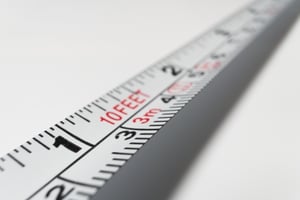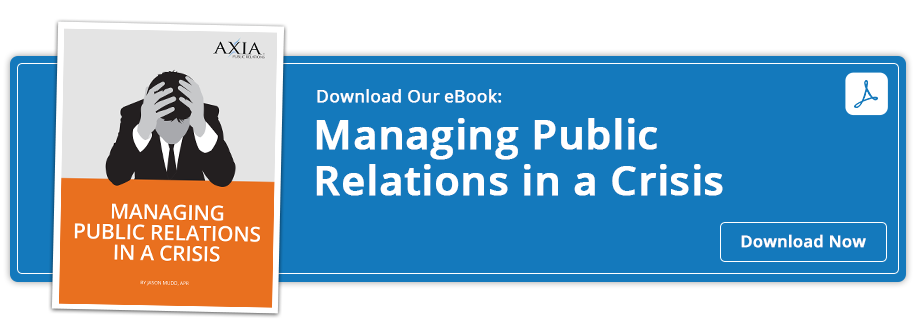 No company is safe from crisis as we’ve seen with the coronavirus pandemic. Although your communications strategy and tactics must shift to crisis communications during a time of emergency, it’s still of utmost importance to monitor and evaluate your company’s coverage as it weathers the storm.
No company is safe from crisis as we’ve seen with the coronavirus pandemic. Although your communications strategy and tactics must shift to crisis communications during a time of emergency, it’s still of utmost importance to monitor and evaluate your company’s coverage as it weathers the storm.
You should continue to measure your company communications during a crisis, and you should include these four values in your criteria.
- Quality
Many people think of volume metrics when they think of measuring PR, such as number of impressions. But these numbers don’t give you a clear idea if you’re communicating your business objectives. For that, you want to measure the quality of your earned media. Axia Public Relations created a media coverage scorecard that contains specific criteria to help you determine the effectiveness of your messages.
- Sentiment/tone
It’s important to listen carefully to what people are saying about your company. And it’s even more important to know whether the talk is positive or negative. Social media insight tools can help you determine what feedback you’re receiving across social media platforms and review sites by looking for certain keywords that show sentiment and filtering for demographics and geographic regions.
- Prominence
Prominence is a weighted composite of the headline, first paragraph, and additional mentions in media coverage of your company. Here are some factors to consider as you evaluate each piece of coverage you receive:
-
Where your company story is positioned in the media outlet
-
If your company is mentioned in the headline
-
Where your company is first mentioned in the body of the article
-
The scope of coverage of your company
-
If there are photos or graphics included
- Share of voice
Your company’s share of voice is the percentage of total mentions compared to competitors in your industry across different communication channels. It tells you how well consumers know your brand. Share of voice encompasses all online visibility, including SEO, social media, and pay-per-click performance.
Crisis PR measurement can help you identify the strengths and weaknesses in your company’s crisis management plan, which is key to helping you minimize the negative impacts of an emergency. For your measurement to be effective, you must think comprehensively and embrace all the data to understand how a crisis affects your company’s reputation before you begin the work of improving your strategy and tactics.
Axia PR will work to develop a comprehensive crisis communications plan to keep your company on track and protect your reputation. For more information, download Axia’s e-book "Managing Public Relations in a Crisis" today.
Editor’s Note: Jason Mudd originally wrote “Why it is important to measure crisis communications” for the American City Business Journals.
 Clients love Jason’s passion, candor, and commitment as well as the team he has formed at Axia Public Relations. He's advised some of America’s most admired brands, including American Airlines, Dave & Buster’s, Hilton, HP, Pizza Hut, and Verizon. He is an Emmy Award-winning, accredited public relations practitioner, speaker, author, and entrepreneur and earned his certification in inbound marketing. He founded the PR firm in July 2002. Learn more about Jason.
Clients love Jason’s passion, candor, and commitment as well as the team he has formed at Axia Public Relations. He's advised some of America’s most admired brands, including American Airlines, Dave & Buster’s, Hilton, HP, Pizza Hut, and Verizon. He is an Emmy Award-winning, accredited public relations practitioner, speaker, author, and entrepreneur and earned his certification in inbound marketing. He founded the PR firm in July 2002. Learn more about Jason.
Topics: crisis communications, measurement



Comment on This Article